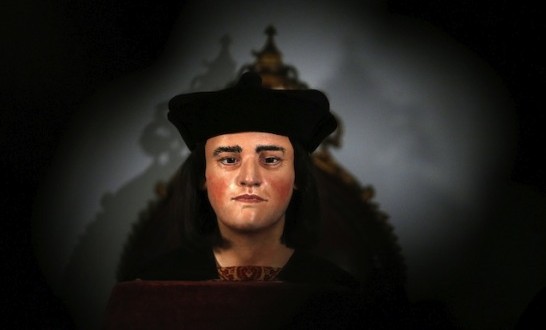More than 500 years after Richard III became the last king of England to die in battle, researchers using modern forensic science have figured out which injuries likely caused his death.
Since the monarch’s remains were discovered under a car park in Leicester, researchers have carried out detailed scans of his bones.
They show he sustained 11 wounds at or near the time of his death, nine of them to the skull.
Professor Guy Rutty, from the University of Leicester, said: “The most likely injuries to have caused the King’s death are the two to the inferior aspect of the skull – a large sharp force trauma possibly from a sword or staff weapon, such as a halberd or bill, and a penetrating injury from the tip of an edged weapon.
“Richard’s head injuries are consistent with some near-contemporary accounts of the battle, which suggest that Richard abandoned his horse after it became stuck in a mire and was killed while fighting his enemies.”
King Richard III died during the last significant battle of the Wars of the Roses, the civil war between the Houses of Lancaster and York.
Evidence suggests he was not the hunchbacked, deformed monstrosity depicted by William Shakespeare.
Experts claim his “bent spine” could have been concealed by clothing and would not have affected his abilities to fight.
The latest research, published in The Lancet medical journal’s online edition, involved whole body CT (Computed Tomography) X-ray scans and micro-CT imaging.
Co-author Professor Sarah Hainsworth, also from the University of Leicester, said: “The wounds to the skull suggest that he was not wearing a helmet, and the absence of defensive wounds on his arms and hands indicate that he was otherwise still armoured at the time of his death.”
Commenting on the study, Dr Heather Bonney from the Natural History Museum in London, said the research provided a “compelling account” of the way Richard III met his death.
Agencies/Canadajournal
 Canada Journal – News of the World Articles and videos to bring you the biggest Canadian news stories from across the country every day
Canada Journal – News of the World Articles and videos to bring you the biggest Canadian news stories from across the country every day



